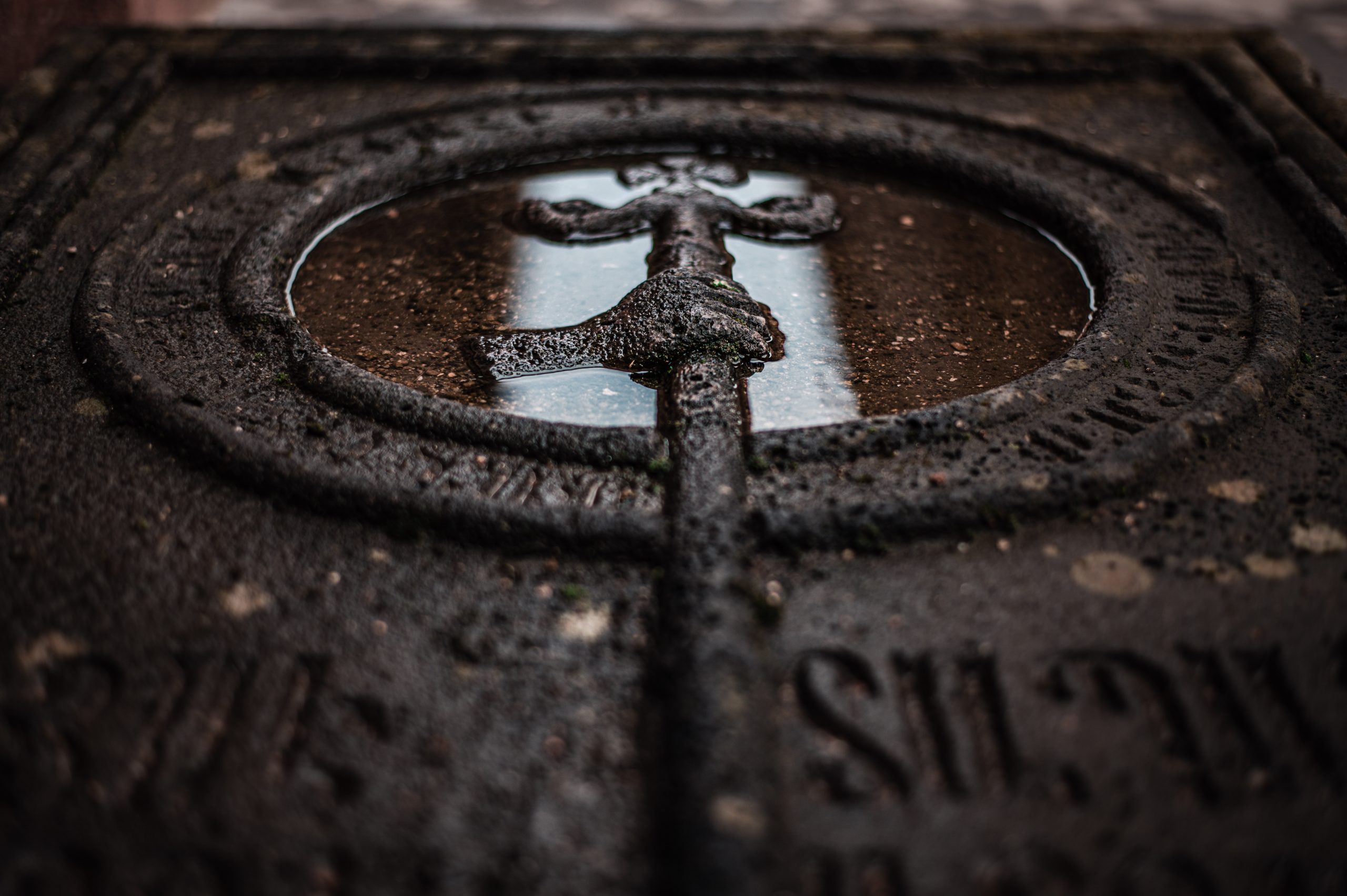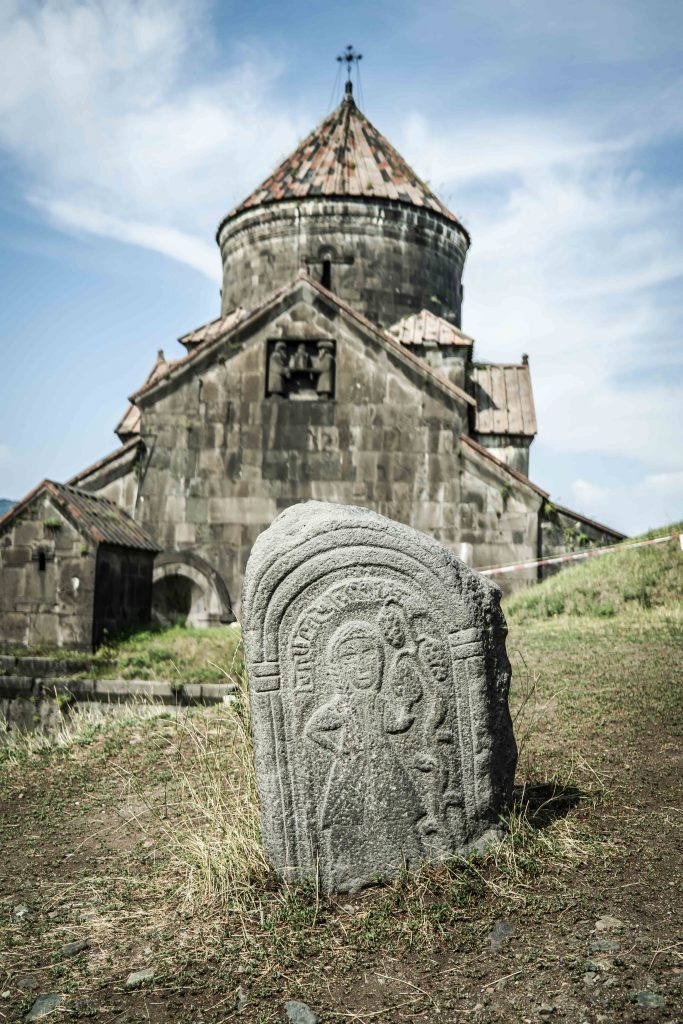Exactly 82 years ago Adolf Hilter said “…who, after all, speaks today of the annihilation of the Armenians?” Let’s proof Adolf Hilter wrong and talk about it.
The definition of genocide
To understand what happened in Armenia it’s good to know the definition of ‘genocide’. A genocide is the deliberate killing of a large number of people from a particular nation or ethnic group with the aim of destroying that nation or group.
Eastern Anatolia
For centuries Eastern Anatolia (now East Turkey) was inhabited primarily by Christian Armenians who share the area with Muslim Kurds. The area was ruled by a succession of Armenian dynasties, although it often faced incursions by outside powers. The Armenian independence was largely brought to an end by a wave of invasions and migrations by Turkic-speaking people at the beginning of the 11th century. In the 15th and 16th centuries the region was secured by the Ottoman Turks and integrated into the vast Ottoman Empire.
Armenians in Anatolia
There were about 2.5 million Armenians living in the Ottoman Empire at the beginning of the 20th century. They were mostly concentrated in the six provinces of Eastern Anatolia and weren’t a majority in any of the regions in which they lived.
Life for Armenians in the Ottoman Empire was difficult and unpredictable, and they often received harsh treatment from the dominant Kurdish nomads.
The Ottoman Empire
In the Ottoman Empire Muslim Turks enjoyed the status of the ruling ethnic group and non-Muslims had certain religious, linguistic and culture rights, but were considered subordinate dhimmis. The rights of Armenians were frequently violated, they were constantly discriminated.
They had no right to serve in the army or wear arms, they were not allowed to testify against Muslims in a court of law, nor to wear fine clothes, they had no right to ride horses and their houses had to be lower than those of Muslims. Armenians were taxed at a much higher rate. Because most courts and judges favoured Muslims, Armenians were often victims to violence and when land, livestock or property was taken from them they couldn’t do anything.
Armenians were poor but some found success as a merchant and artisan. Thus, due to international trade Armenians established settlements in Istanbul and even India and Europe during the 17th and 18th century. A small number of Armenian families were able to work at a bank, and even in the government.
The success being the downfall
However, the influence and prominence of well-educated Armenians had a drawback. It is said that this became the source of resentment and suspicion amongst Muslims. Sounds familiar right?
The people within the Ottoman Empire thought the Armenians would eventually betray it to form their own independent state.
Activists, many from Russian Caucasia, wanted to protect their fellow Armenians and did that by agitating for an independent state. Two revolutionary parties were formed: Henchak and Dashnaktsutyun. However, many Armenians kept believing sympathisers in Christian Europe would pressure the Ottoman Empire to protect the Armenians. The activities of the two parties stoke fear and anxiety among the Muslims.
A lot of mass violence against Armenians erupted in the late 19th and early 20th century. In 1894 Armenians in the Sasun region refused to pay an oppressive tax, Ottoman troops and Kurdish tribesman killed thousands of Armenians in the region. The mass killings began. In the fall of 1895 Ottoman authorities tried to suppress an Armenian demonstration in Istanbul, it became a massacre.
In between 1894 and 1896 hundreds of thousands of Armenians were killed in massacres, known as the Hamidian massacres. Up to 300.000 Armenians fell victim to the massacres, hundreds of thousands either emigrated or were Islamized. About 2.500 settlements, 570 churches, 75 monasteries were looted and ruined. More than 300 churches were converted into mosques.
The Young Turks
In 1909 a group of Ottoman revolutionaries an organisation within the broader ‘Young Turks’ came to power. Armenians welcomed the Young Turks and with them the restoration of the Ottoman constitution. However, the Young Turks became more militant, less tolerant for non-Turks and increasingly suspicious of their Armenian subjects. In 1913 the most militant members of the Young Turks, Enver Pasa and Talat Pasa, came to power in a coup d’état.
Whenever the Ottoman Empire suffered a humiliating defeat, like in the first Balkan War (1912 – 1913), it was blamed on treachery of the Christians. The conflicts also send thousands of Muslim refugees to the Ottoman lands, intensifying conflict between Muslims and Christians over land.
The Armenian genocide
In January 1915 the battle of Sarikamis took place. Enver Pasa attempted to push back the Russians but suffered the worst Ottoman defeat of the war. Of course the Young Turk government blamed it on the Armenians. Armenian soldiers were demobilized and disarmed. They were then systematically murdered by Ottoman troups. The first victims of the Armenian genocide.
Soon, Armenians were deported to Syria, send to death camps. Throughout the summer and autumn of 1915 Armenians were removed from their homes. They marched to desert concentration camps. The deportation was accompanied by a systematic campaign of mass murder. Survivors who reached Syria lived in concentration camps, often starved to death. About 600.000 to 1 million of Armenians were slaughtered or died on the marches.
During the deportation thousands of Armenian children were kidnapped by the Kurds, Turks and Arabs. Sometimes they offered the parents some food and other times parents gave their children to Muslim families by their own will, hoping that the children would escape deportation and be safe.
Armenian children were given Turkish names immediately upon entering the orphanages. They were also assigned numbers instead of surnames. They were forbidden to speak Armenian or pray. Instead they were taught the Quran and Islamic prayers.
During the genocide Armenian women were subjected to inhuman treatment. Most of them became victims of sexual abuse and violence. Rape was deemed an important function for the humiliation of the target group by the perpetrators of the genocide. Since women and girls constituted the reproductive asset of the victim nation. Incidents of mass rape, public humiliation of women and children before their kin’s eyes terrorized and demoralized not only the immediate victims, but their families and the community at large.
On the deportation route many mothers threw themselves with their children from cliffs and bridges preferring death rather than lasting tortures and disgrace. Women were also abducted on the deportation routes, forcedly Islamized and taken to Muslim harems. After conversion they were turned into sex slaves and often sold at slave markets. During military conflicts and genocide rape and sexual assault constitute war crimes, crimes against humanity and element of genocide crimes.
Alma Johansson – Swedisih missionary – an eye witness said:
“The rest, about a hundred people, were either buruied alive in huge pits outside the city or driven into houses and burnt. All the inmates of our orphanage were amongst the latter. All I wished in those days was for a merciful bullet to hit me. Sometimes I found myself sitting on the floor holding my head in my hands, terrified that I was losing my mind.”
“…Everywhere there were Turks bragging of their feats of the last few days. One gendarme boasted that he had been one of those who burned our children. He said they’d “had fun” shooting at the roof windows of the burning house. Naturally the poor soulds inside screamed with terror! No one paid too much attention to my testimony: the world was busy with “more important things” than the massacres of a small nation of three million people”
Genocide or no genocide?
Armenians charge that the campaign was a deliberate attempt to destroy the Armenian people and, thus, an act of genocide. The Turkish government has resisted calls to recognize it as such, contending that, although atrocities took place, there was no official policy of extermination implemented against the Armenian people as a group.
Turkey has steadily refused to recognise that the events of 1915–16 constitute a genocide, even though most historians have concluded that the deportations and massacres do fit the definition of genocide—the intentional killing of an ethnic or religious group. While the Turkish government and allied scholars have admitted that deportations took place, they maintain that the Armenians were a rebellious element that had to be pacified during a national security crisis. They acknowledge that some killing took place, but they contend that it was not initiated or directed by the government. Major countries—including Israel and Great Britain—have also declined to call the events a genocide, in order to avoid harming their relations with Turkey. In 2014 government officials in Turkey offered condolences to the Armenian victims, but Armenians remained committed to having the killings during World War I recognized as a genocide. – Britannica
To this date Armenia and Turkey are debating whether this was a genocide or not. 33 countries recognized the Armenian genocide. Many still do not because of their relations with Turkey. When France formally passed a genocide resolution in 2011, Turkey temporarily recalled its ambassador; it did the same thing to Austria in 2016 and to The Netherlands in 2018.
Turkey refers to the Armenian massacre as the “Events of 1915.” Ankara puts the number of Armenian deaths at 500,000 and points out that hundreds of thousands of Muslims died from combat, starvation, cold and disease in eastern Anatolia during the war. The official line is that ethnic Armenians represented a fifth column backed by Russia during World War I, and that the mass deportation and accompanying Armenian deaths were neither premeditated nor intentional — a key requirement in the legal definition of genocide.
Of course there is a lot more to write about the Armenian genocide and the history of this country. But, we are no historians, we are travellers with an interest in the history of the countries we travel through. But, if there is anything unclear, if there is anything you’d like to know more about, if something of the above is incorrect. Please let us know in the comment. And of course anything you’d like to share about this subject. We are very interested in your opinion. Did you know about the Armenian genocide? What is new? How does it make you feel?
Love, Milene & Yuri
Source: Britannica, Armenian-Genocide, Armenian Genocide Museum.





